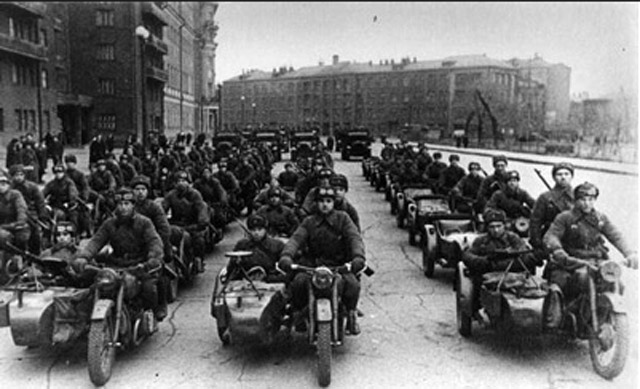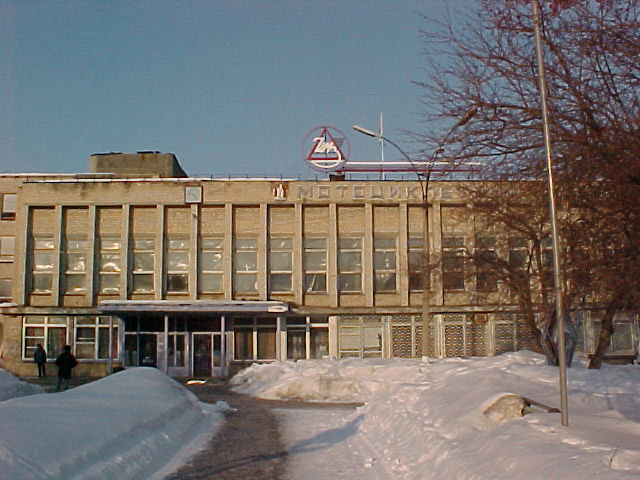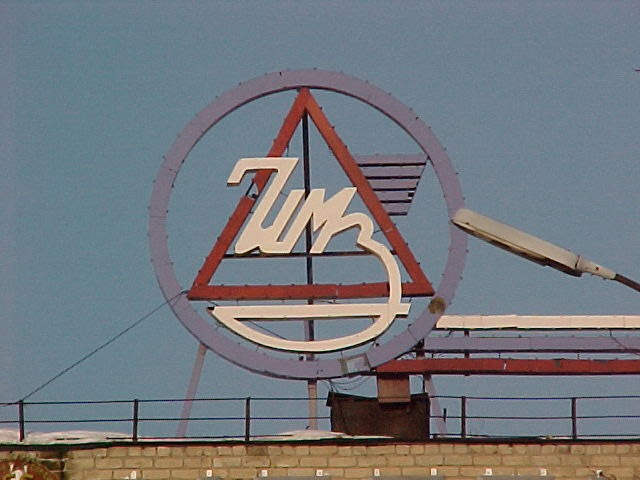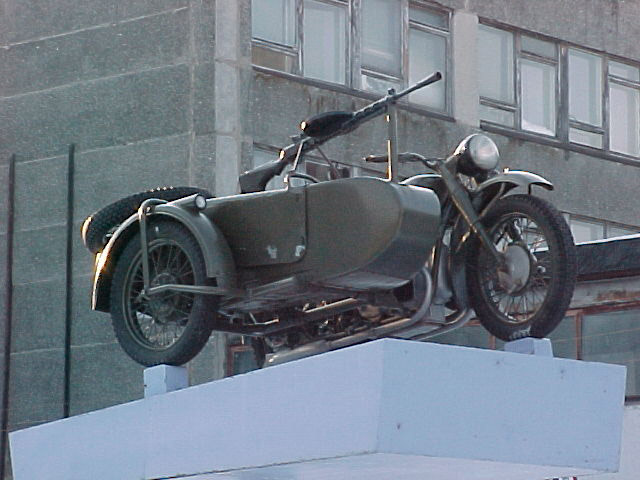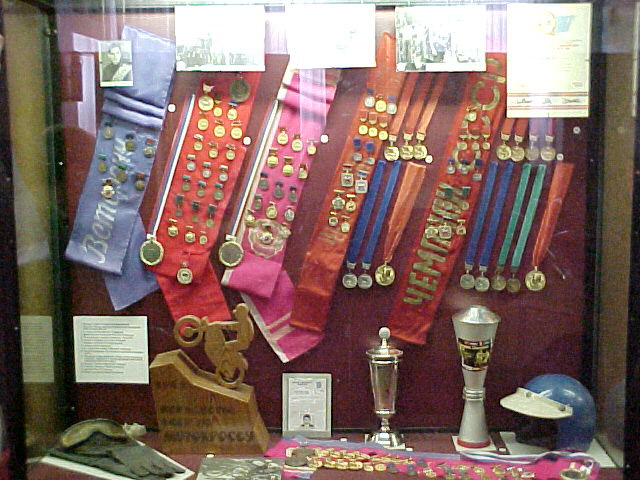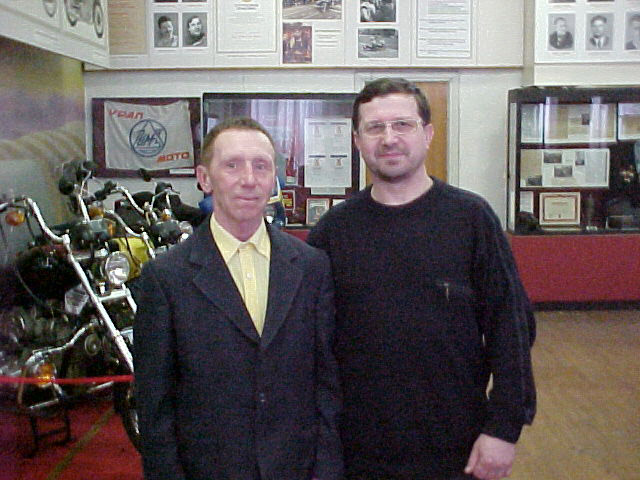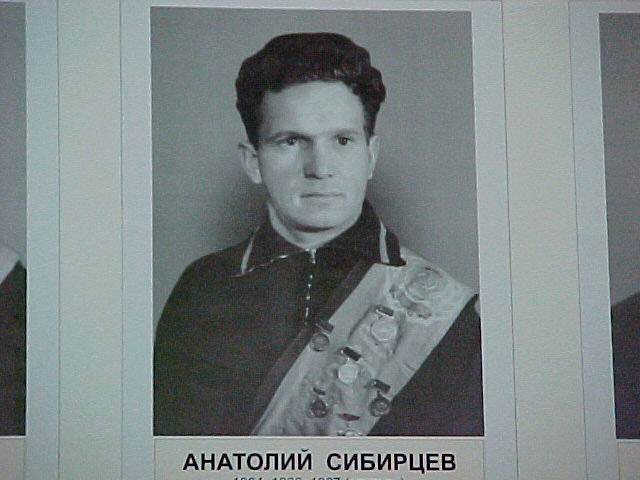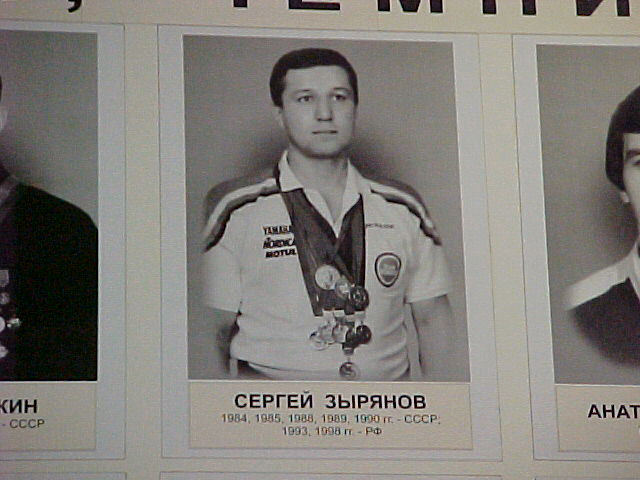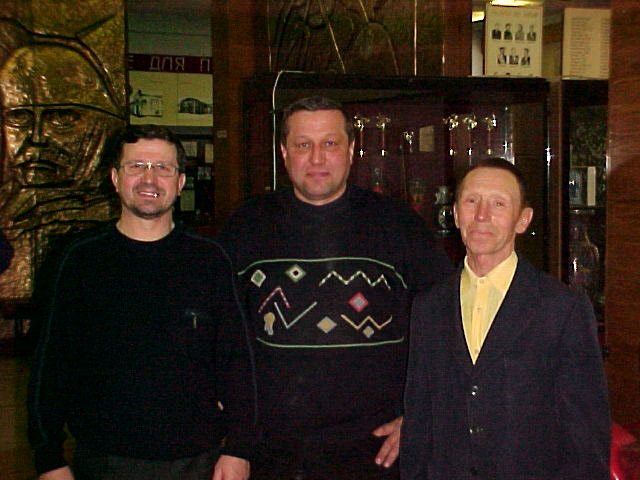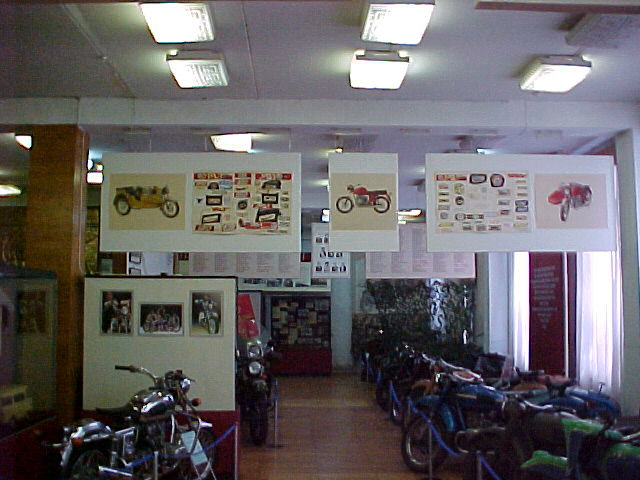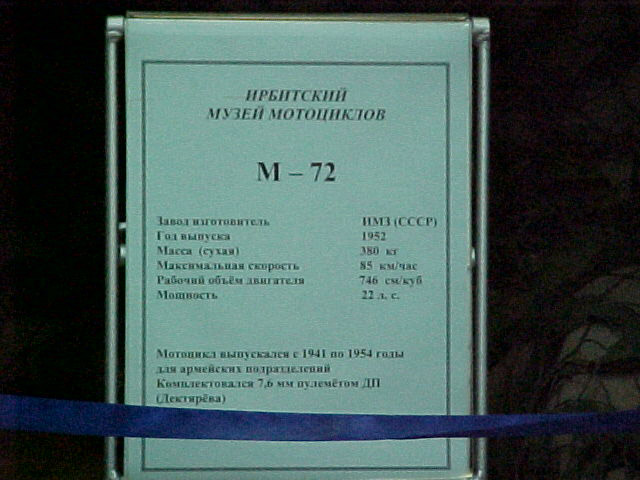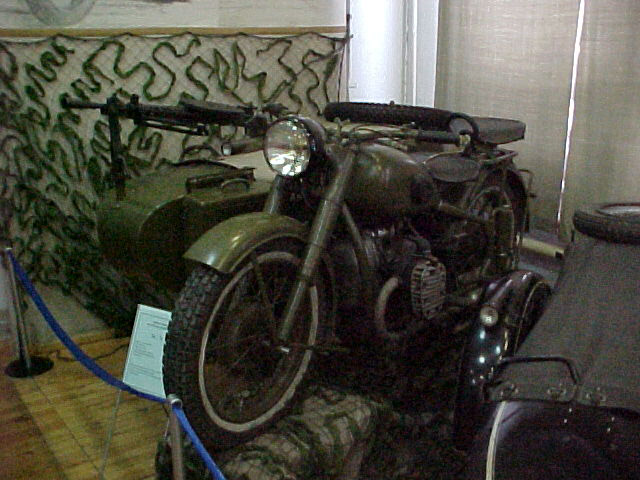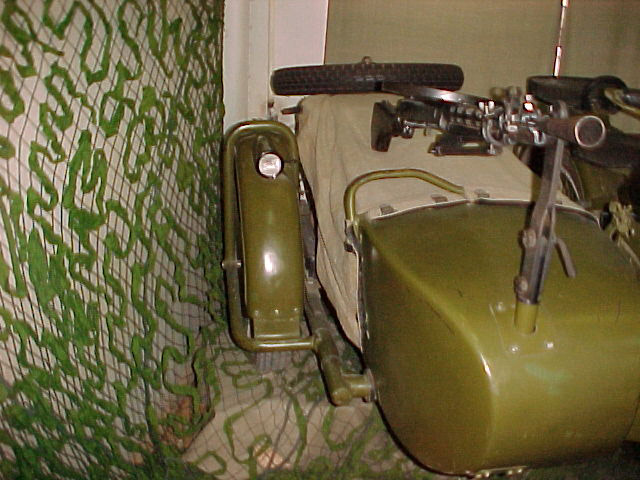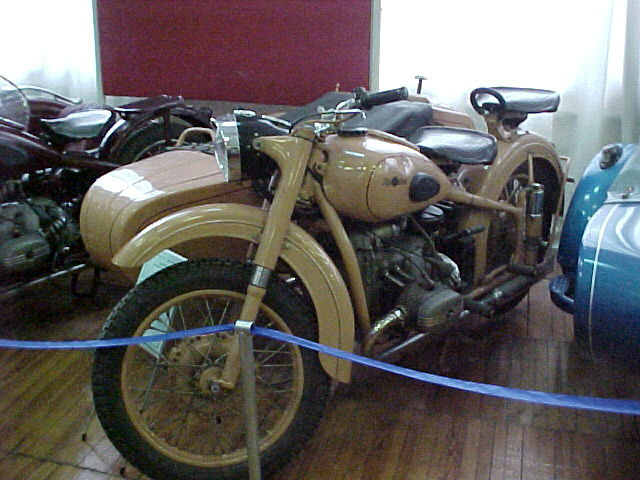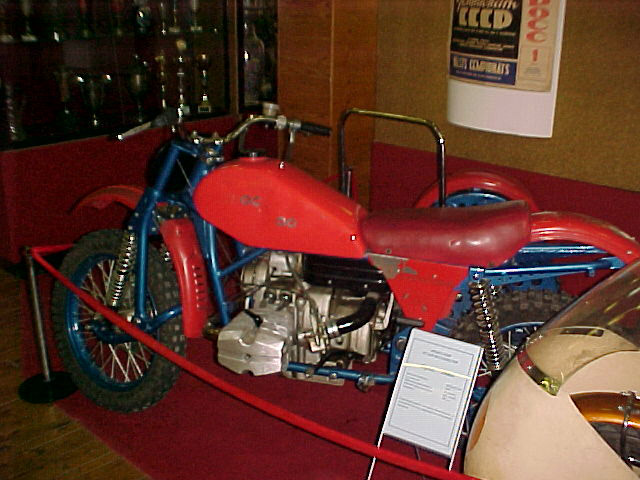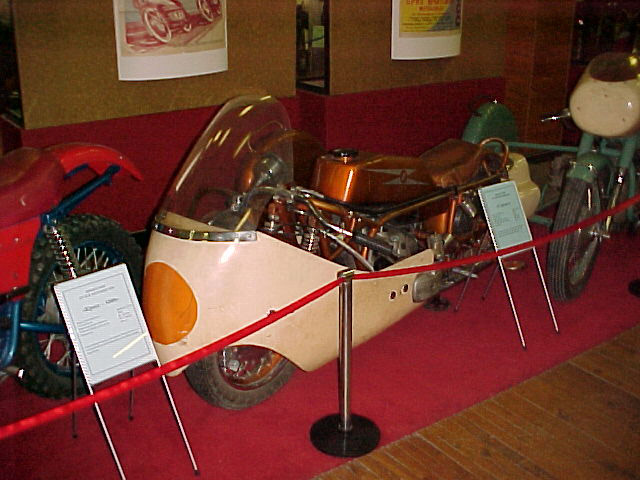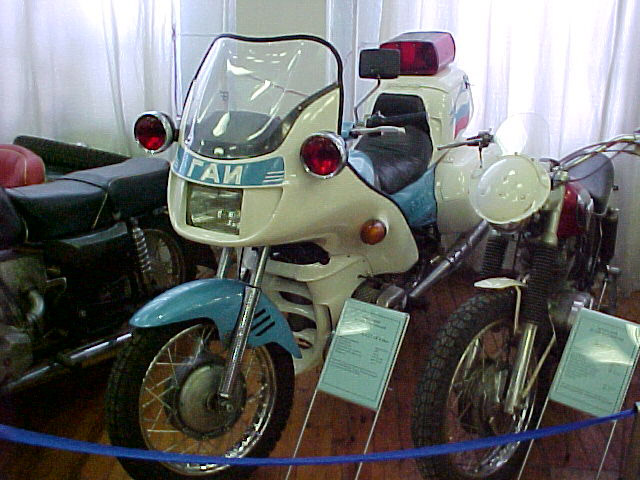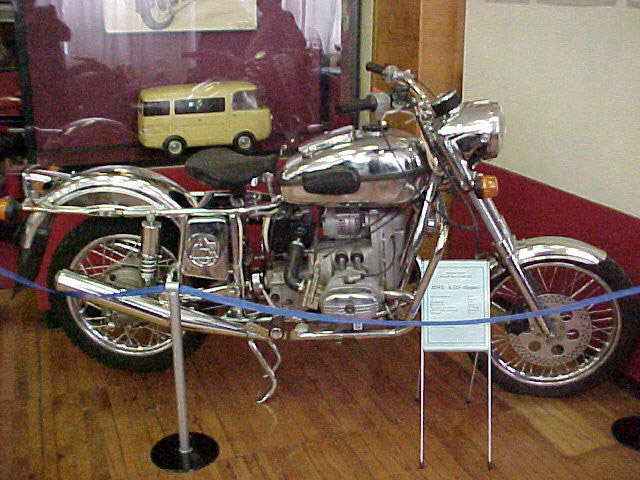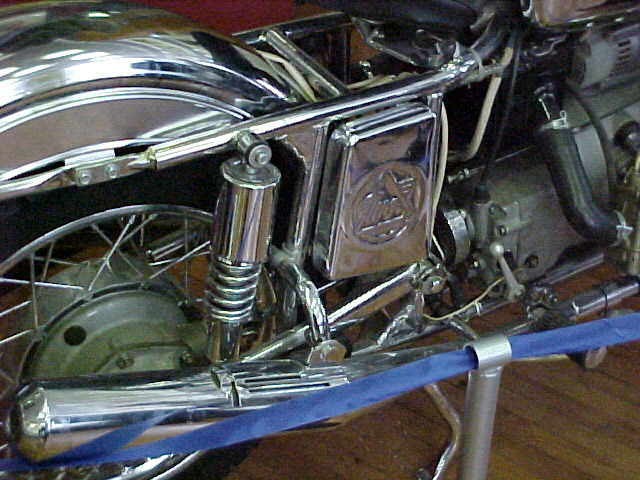History – the Past
The Ural story begins in 1939, during the USSR’s pre-World War II planning. Despite the Molotov—Ribbentrop Pact, the Soviet Union knew it would soon be going to war against Adolf Hitler. A meeting was held at the USSR Defense Ministry to discuss what motorcycle model was most suitable for the Red Army.
The official version of the Ural story reads that, after a long discussion and debate, the BMW R71 motorcycle was decided to most closely match the Red Army’s requirements for a combat motorcycle. Five units were covertly purchased through intermediaries in neutral Sweden and smuggled to Russia. Soviet engineers in Moscow busily dismantled the 5 BMWs. They copied every detail of the BMW design and made moulds and dies to produce their own engines and gearboxes in Moscow. Everything about the bike was reverse engineered. Early in 1941, the first trial samples of M-72 motorcycles were shown to Stalin, who immediately approved production of the motorcycles.
Incidentally, one of these original BMWs survives and is on display at the factory museum. Harley-Davidson also copied the BMW design, and delivered about 1,000 Harley-Davidson XA (Experimental Army) flat-twin shaft drive motorcycles to the US Army during World War II. Meanwhile, in Japan, Riyushko was busy copying the Harley-Davidson V twins!
A more likely story is that the BMW factory supplied the construction drawings and casting moulds as a result of the Molotov—Ribbentrop Pact, and these transfers of technology had taken place in support of their Soviet “friends” in different technological and industrial fields. Soviet engineers toured German aircraft factories and brought back complete cannons as samples. The OPEL Kadett was given to the Soviets just prior to the war; however, it commenced series production only toward the end of the war as the Moskvitch 400. In 1941, BMW began series production of R75, and did not resume production of R71. Supplying the Soviets with the superseded R71 model may have seemed a good idea at the time.
The awards in the picture above were earned by these gentlemen and others racing motorcycles for Russia. They are still active today in the history and future of Russian motorcycles.
